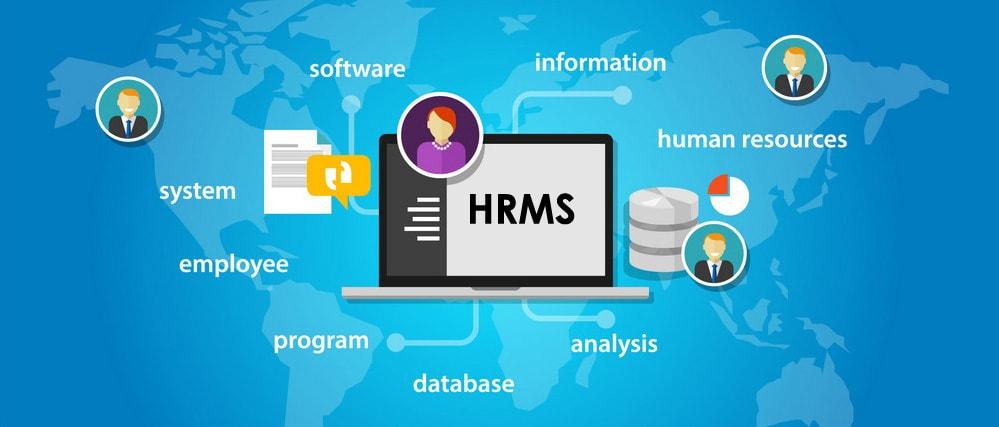Analyzing Human Resources Management Software Revenue

The primary streams of Human Resources Management Software revenue are increasingly dominated by the Software-as-a-Service (SaaS) subscription model. This recurring revenue model provides vendors with predictable income while offering customers scalability, lower initial costs, and continuous updates. Revenue is typically tiered based on the number of employees, the modules selected (e.g., payroll, recruiting, performance management), and the level of support required. This flexibility allows vendors to cater to a wide range of clients, from small businesses to large enterprises.
Beyond core subscriptions, significant revenue is also generated from professional services, including implementation, data migration, system customization, and employee training. While the shift to cloud solutions has simplified deployment, many larger organizations still require expert assistance to integrate the new system with their existing IT infrastructure and tailor it to their unique workflows. Upselling premium features, such as advanced analytics, AI-powered insights, and specialized compliance modules, represents another crucial and growing revenue channel for software providers.
Looking forward, future revenue growth will likely be driven by a focus on platform ecosystems and marketplace integrations. Leading HRMS vendors are creating platforms where third-party developers can offer specialized applications, such as wellness programs, financial planning tools, or industry-specific training content. By taking a percentage of sales from these marketplaces, HRMS providers can create new, high-margin revenue streams while simultaneously enhancing the value and stickiness of their core platform for customers.
- Art
- Causes
- Crafts
- Dance
- Drinks
- Film
- Fitness
- Food
- Games
- Gardening
- Health
- Home
- Literature
- Music
- Networking
- Other
- Party
- Religion
- Shopping
- Sports
- Theater
- Wellness
